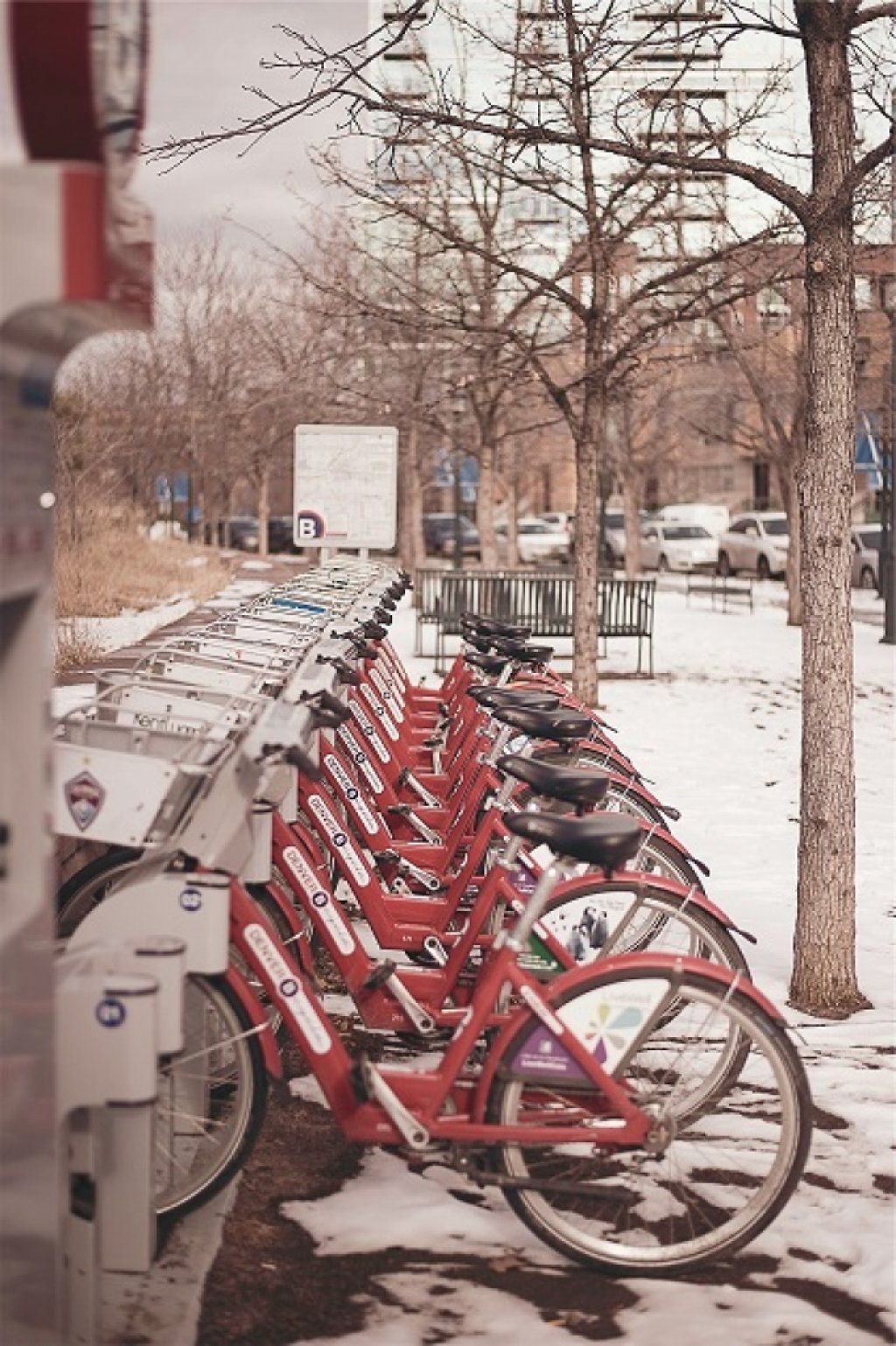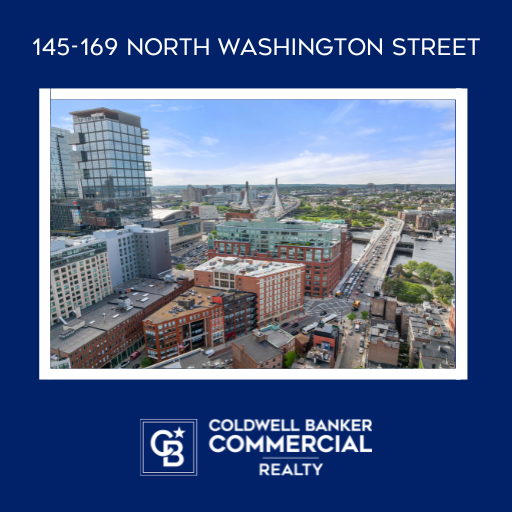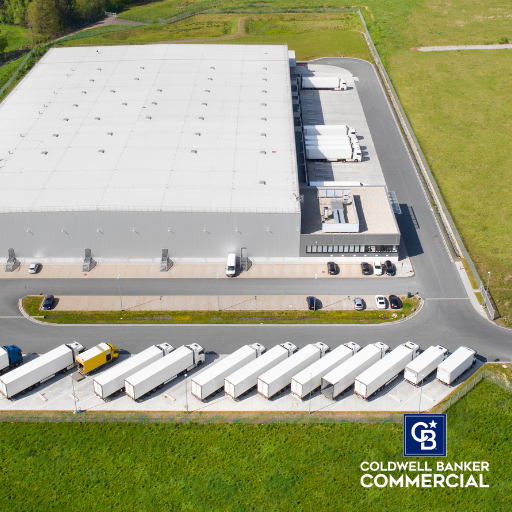4 Reasons CRE Should be Paying Attention to 18-Hour Cities

18-hour cities, or second tier cities, have seen in a rise in popularity among employers, employees and investors as well. The name 18-hour city derives from the idea of these cities not being operational 24 hours like larger cities such as New York City and Los Angeles. The rise in popularity among these cities is due to multiple factors all of which can be beneficial to investors as well as the residents of these cities.
Let’s look at a few reasons why investors should pay attention to these 18-hour cities and what benefits they may have as opposed to 24-hour cities.
- Population Growth
These 18-hour cities are seeing population well above the national average for urban population growth. The idea has been that millennials are the ones who are desiring to move into urban areas for the live, work, play lifestyle but what is interesting about these second-tier cities is that not only are millennials moving to them but also baby boomers. With a growing population growth comes demand for more residence meaning lower vacancies and attractive multifamily markets for investors.
- Employment Opportunities
One of the main drivers behind the population growth in these cities is due to the employment opportunities. As population increases it seems that employers are following the population growth. Also, millennials are moving to these cities for the desire to live in an urban environment but still have a lower cost of living.
Due to the lower cost of living in these cities, millennials are choosing to start their careers here which is promising for investors as these millennials will start their career and spend multiple years here. The other plus with employment opportunities is that not only is it attractive for residents but it can mean commercial real estate opportunities for the office sector as more employers move in.
- Lower Cost of Entry
Many of the major urban markets like New York City have become incredibly costly not only to live in or work in but also to invest in. With a higher cost of entry to invest in these markets it can be difficult for smaller investors or beginning investors to get in. It can also tie up a lot of capital. The 18-hour cities are seeing not only a lower cost of living but also a lower cost of entry for investors. While there may be greater risk, the lower cost of entry can provide for higher yields.
- Popularity Among Entrepreneurs
Looking at the top ten best cities for entrepreneurs as provided by Forbes, it may surprise you that there are not many 24-hour cities on this list. In fact, there are multiple 18-hour cities on this list. Most notably on this list is Seattle and Austin which were also on the top ten list for Urban Land Institute’s Emerging Trends in Real Estate 2016. With the draw of entrepreneurs comes more creativity in these cities and more future businesses that will grow. From an investor’s standpoint, entrepreneurs provide more demand for office, industrial and retail spaces.
A Trusted Guide in Commercial Real Estate
Coldwell Banker Commercial® provides Commercial Real Estate Services from Property Sales and Leases, to Property Management. Learn how our expansive network of Independently Owned and Operated Affiliates and Real Estate Professionals use their in-depth knowledge of the local market and industry trends to help businesses and investors navigate the complexities of the commercial real estate landscape.






